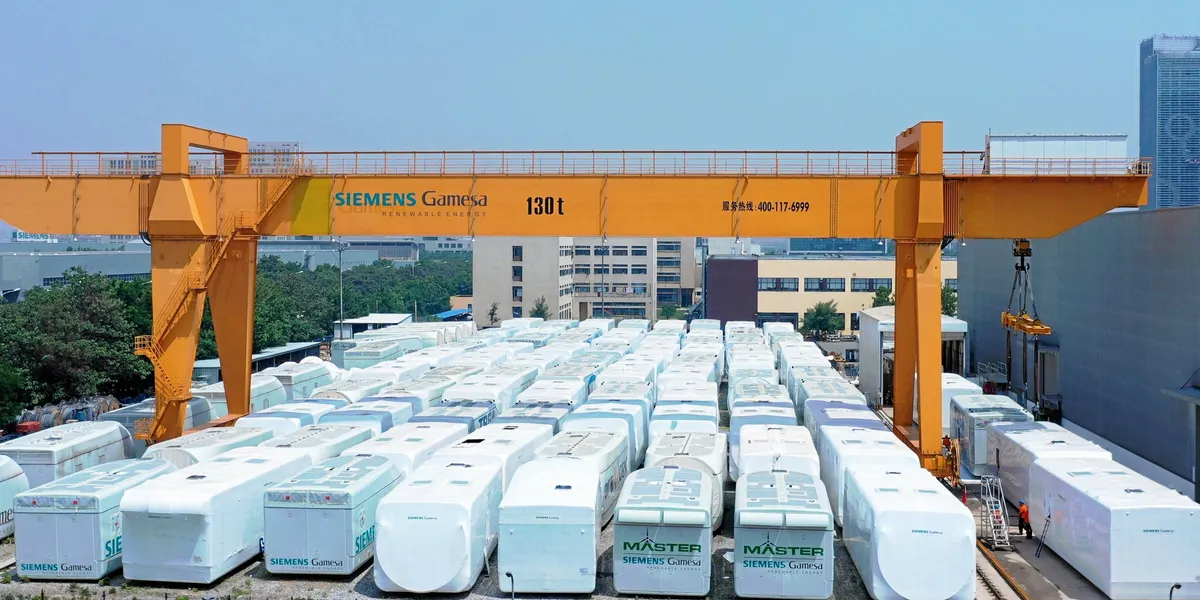An unseen barrier to grid reliability: De-risking next-gen solar for utility-scale adoption
by William Sweet
The reliability of the modern grid is, whether we realize it or not, the cornerstone of a functioning economy. And as we integrate more intermittent renewable sources, the stability of the grid depends not only on the amount of power generated but also on the resilience and diversity of the generation assets themselves, an issue recently thrust into the headlines by blackouts in Spain and Portugal. A carbon-free energy future is possible, but not without careful planning.
Plus, an unseen problem is holding us back from actualizing such a future. It is not an engineering issue or a technological failure. This barrier is not technological, but financial – the problem of bankability and insurability for innovative solar hardware. It is a matter of human nature, a natural preference for the familiar, even when the new offers a better way. While much attention has been paid to battery storage and transmission upgrades, this silent, systemic bottleneck is preventing the deployment of next-generation solar technologies that could fundamentally enhance grid hardening and land use efficiency.
The Financial Paradox: Why the Best Tech isn’t Always Deployed
In the solar industry, a project’s viability hinges on its bankability, or a project’s ability to secure financing from a lender. Seeking to minimize risk on multi-million-dollar investments, banks rely heavily on a list of approved equipment, determined not by engineering superiority, but by the stringent requirements of a concentrated group of insurance providers. These insurers demand a long-term, proven performance record, often spanning a decade or more. This creates a feedback loop in which established technologies are deployed, while innovative, high-performance alternatives are effectively locked out of the market, regardless of their technical merits.
This market concentration is significant. In 2023, the top four global solar manufacturers – all based in Asia – collectively shipped over 270 gigawatts (GW) of solar modules, accounting for more than 52% of the global market share. This dominance is even more pronounced in the U.S. utility-scale market, where financial institutions prefer modules with long-standing Tier 1 bankability ratings. While Europe and China have leveraged large-scale insurers and green financing to underwrite these projects, the side effect is a global market that is hesitant to embrace smaller, newer manufacturers and their innovative designs.
This risk aversion is a significant impediment to grid modernization. For instance, consider the case of agrivoltaics, a dual land use approach that integrates solar power generation with agriculture. These systems can be engineered with vertical, transparent, or dynamic tracking panels, allowing for crop cultivation beneath them. While offering a clear path to reducing land use conflict and increasing local grid resilience, these systems often rely on non-standard inverters, unique racking systems, and novel module designs.
In Europe, where agrivoltaics is growing rapidly, a key challenge remains: securing financing for these new, unproven systems. The Levelized Cost of Energy (LCOE) for utility-scale solar projects in the U.S. in 2023 was approximately $46 per megawatt-hour (MWh) before tax credits and $31/MWh after. Innovative agrivoltaic projects often face a 10-20% higher cost of capital. This increased risk premium, often expressed as an additional basis point spread on debt, is a direct result of the lack of standardized insurance and pushes otherwise viable projects into economic non-competitiveness.
Policy Solutions for De-risking Innovation
To break this cycle and unlock the potential of new technologies, a strategic, targeted intervention is needed. A limited scope, performance-based insurance backing program could be one solution. This could be facilitated by a quasi-public entity or a state-level “green bank.” This approach is not a subsidy, but rather a guarantee that provides the critical insurance signal lenders need to provide financing.
This is a proven model. Germany’s KfW bank, one of the larger public-sector development banks, has played a key role in the country’s Energiewende (energy transition). By providing low-cost, government-backed loans and financial products, KfW effectively de-risked renewable energy projects for private lenders. Its support for technologies like solar PV and wind, particularly in the early stages, was instrumental in their widespread adoption, with KfW funding over half of Germany’s renewable energy investment in some years.
This same model has found success in the U.S. At the federal level, before President Trump returned to office, the Department of Energy’s Loan Programs Office helped pump hundreds of billions of dollars into projects that created jobs and prevented pollution while driving American competitiveness in the global economy. At the state scale, consider the Connecticut Green Bank, the first of its kind in the nation, which has used a public-private partnership to de-risk projects for private lenders. It provides financial guarantees that have enabled over $2.47 billion in private revenue to be invested in the state’s green economy, generating an estimated $154 million in state tax revenue and supporting more than 29,000 green jobs. By providing a clear pathway for new and sometimes riskier projects, a public institution can create a new, attractive market for private investors and accelerate the deployment of clean energy.
A Lesson from the History Books
Such obstacles are not unique to solar. In the lead-up to World War II, the U.S. military faced a systemic dilemma that mirrored the modern solar market. Decades of tight budgets and a focus on mass production led to a risk-averse procurement policy that often favored “battle-tested” aircraft designs. Though American engineers developed lighter, more flexible planes with improved efficiency, these innovative models often struggled to gain funding and deployment because they lacked a proven track record.
The most famous example is the P-51 Mustang. Initially, this now legendary fighter was developed for the British Royal Air Force, which proved willing to take a chance on a new design.
The U.S. military adopted the Mustang only after its stellar performance in combat proved its worth, transforming it from an unproven design into a cornerstone of Allied air power. In this way, the best plane sat on the tarmac not because of a technological flaw, but because of systemic and financial barriers to adoption.
Just as the military’s Defense Advanced Research Projects Agency (DARPA) later acted as a first customer to de-risk and fund foundational technologies like the internet and integrated circuits, the solar industry can evolve its financial mechanisms. By providing a clear, performance-based pathway for new technologies to gain insurability, we can unlock a new wave of innovation.
This is a rare moment in which a light policy touch could unleash a tidal wave of private sector investment, reduce our reliance on concentrated monopolies, and directly contribute to a more resilient, reliable power grid.
About the Author


William Sweet fosters environmental sustainability by helping craft legislation, promoting solar energy, conducting research on green finance and architecture, and writing thought pieces on the environment. His work aligns sustainability with economic realism, ensuring that what is good for the planet is also financially beneficial.









